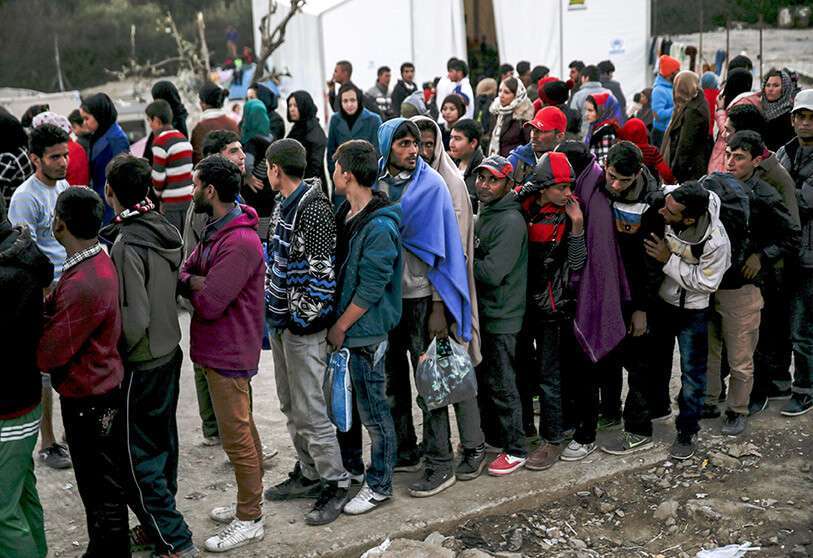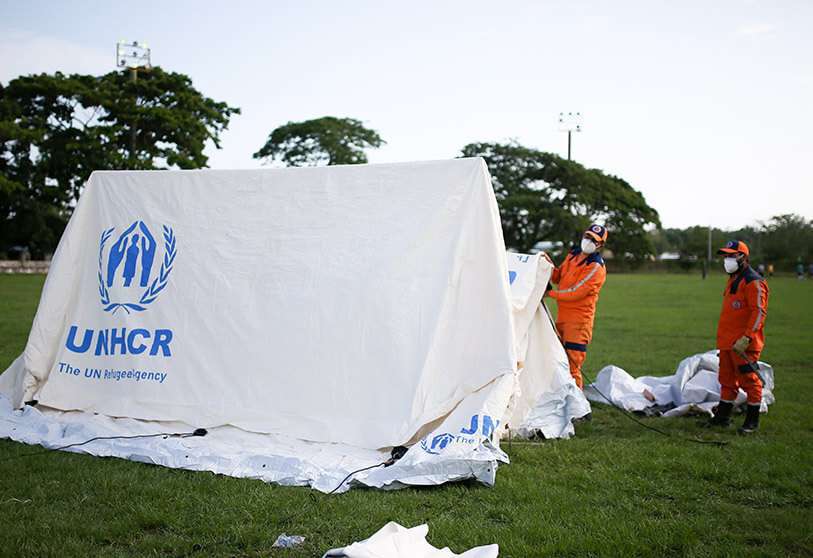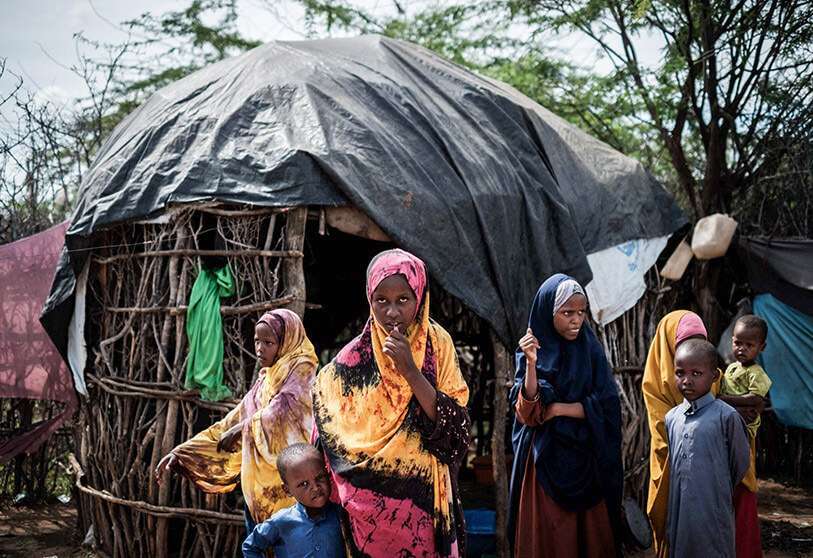More than 122 million people remain on the move, with Sudan and Syria leading the list

The number of people who have been forced to flee their homes around the world has seen a slight reduction from an all-time high, but is still considered "unsustainably high", the UN said on Thursday.
By the end of 2024, a record 123.2 million people globally were forced to leave their homes, according to UNHCR, the UN refugee agency. However, that number dropped to 122.1 million at the end of April this year, as Syrians began returning home after years of conflict.
More than 1.5 million Syrians have been able to return home from abroad or from displacement within the war-torn country. But UNHCR warned that the course of major conflicts around the world will determine whether the number will rise again.
The agency said the number of people displaced by war, violence and persecution worldwide was "unsustainably high", particularly in a period when humanitarian funding is evaporating

"We live in a time of intense volatility in international relations, with modern warfare creating a fragile and harrowing landscape marked by acute human suffering," said Filippo Grandi, UN High Commissioner for Refugees. "We must redouble our efforts to seek peace and find durable solutions for refugees and others forced to flee their homes.
The main causes of displacement continue to be protracted conflicts such as those in Sudan, Myanmar, and Ukraine, UNHCR noted in its flagship annual Global Trends Report.
Syria's brutal civil war broke out in 2011, but ruler Bashar al-Assad was finally overthrown in December 2024. The report notes that since then more Syrians have returned home
As of mid-May, more than 500,000 Syrians are estimated to have returned to the country since the fall of Assad, while around 1.2 million IDPs have returned to their home areas since the end of November.

UNHCR estimates that up to 1.5 million Syrians from abroad and two million IDPs could return by the end of 2025.
Sudan is currently the world's largest situation of forced displacement, with 14.3 million refugees and IDPs, surpassing Syria (13.5 million), followed by Afghanistan (10.3 million) and Ukraine (8.8 million).
"For the remainder of 2025, much will depend on the dynamics in key situations," the annual report notes, including whether peace or a ceasefire can be achieved in the Democratic Republic of Congo, Sudan, and Ukraine.
It also depends on whether conditions for return improve in Afghanistan and Syria. Another factor was "how terrible the impact of current funding cuts will be". The US was by far UNHCR's largest donor, but has drastically reduced its foreign aid, while other countries are tightening their budgets.
"The failure to protect civilians is staggering," said the head of the Norwegian Refugee Council, Jan Egeland.

"Despite the immense suffering of displaced people, we now see many countries turning inward and drastically cutting humanitarian funding".
The number of people forced to flee persecution, conflict, violence, human rights violations, and events that seriously disrupt public order has almost doubled in the last decade.
The figure of 123.2 million worldwide at the end of last year is seven million more than at the end of 2023. "One in every 67 people in the world was forcibly displaced by the end of 2024," UNHCR said.
In total, 9.8 million forcibly displaced people returned home in 2024, including 1.6 million refugees (the largest number in more than two decades) and 8.2 million internally displaced people (the second highest number in history).
"We have seen some glimmers of hope in the last six months," Grandi said. But countries such as the Democratic Republic of Congo, Myanmar and South Sudan experienced significant new forced displacement and returns. Two-thirds of the refugees remain in neighbouring countries. Iran (3.5 million), Türkiye (2.9 million), Colombia (2.8 million), Germany (2.7 million) and Uganda (1.8 million) host the largest refugee populations.








